|
Wood Selection
Choosing the right wood for a custom piece is important. Lighter Woods show more detail. Laser-Engraving, best on the lightest woods, generally works well on all except those which are very dark. (Buckeye, for instance, is often too busy or dark.) Please note that the variances in shading can make for color inconsistencies, and that the colors of all boxes on these pages are approximate, due to the differences in computer monitors.
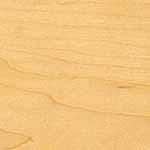
|
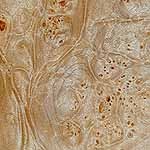
|
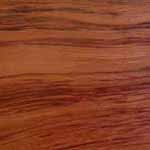
|
Maple
A White-to-blond, simple-grained hardwood.
|
Maple Burl
Handsome and refined with tiny eyes or pin knots. Ranging in color from pale blonde to deep rich honey brown.
|
Bubinga
An african rosewood, heavy, with very fine texture. Typically brown with red tones. Extremely beautiful. A universal favorite for all projects.
|
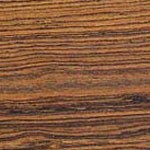
|

|
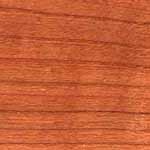
|
Bocote
A Mexico and Central America hardwood that varies from greenish yellow to golden brown with dramatic grain pattern.
|
Buckeye
Also known as horse chestnut. A beautiful California wood, marbled with black, gray, and honey. The nickname, buckeye, derives from the little eye-like images often characteristic of the species.
|
Cherry
Ranging from tannish pink to warm deep pink/honey color. Oiled and lacquered for deeper color. Straight lacquer for lighter shades.
|
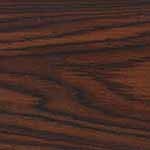
|
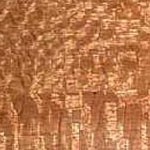
|
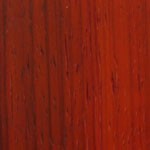
|
Cocobola
A South American rosewood. Heavy, hard, expensive but beautiful. Ranges in color from orange to purple mixed with near black.
|
Lacewood
From Australia. Has a mottled pattern and ranges from light tan to rich brown.
|
Padauk
An African rosewood. Deep, clear red with some variation in color. Darkens with exposure to light over time. Popular for heart boxes.
|
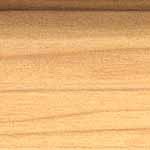
|
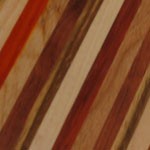
|
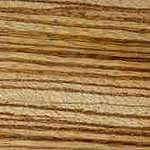
|
Poplar
Creamy white and may be streaked, with the heartwood varying from pale yellowish brown to olive green. The green color in the heartwood will tend to darken on exposure to light and turn brown. The wood has a medium to fine texture and is straight-grained.
|
Striped
A special wood technique we use in our studio of laminating different woods together to create a unique striped wood.
|
Zebrawood
Creamy tan African wood with dark brown striping. Varies quite a bit. Not recommended when details are important. Okay for Initial boxes.
|

|
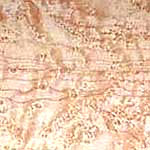
|
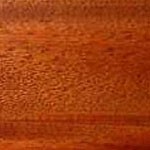
|
Natural Edge Maple Burl
Logged and cut retaining the natural bark edge of the tree.
|
Bird's Eye Maple
Noted for its tiny eye-like configurations and ranging from pale to tannish blonde. Lighter in color and finer grained than maple burl. |
Mahogany
Mahogany has a straight, fine, and even grain. A reddish-brown color which darkens over time.
|
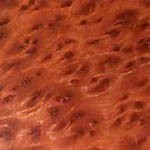
|
|
|
Red Wood Burl
A Mexico and Central America hardwood that varies from greenish yellow to golden brown with dramatic grain pattern.
|
|
|
Understanding Natural Configuration
Burls are valuable and hard to come by. They are much like tumors and occur as large growths on certain trees. I have some extraordinary maple and buckeye burls. A beautiful burl is very much like a precious stone or piece of rare marble.
Buckeye, maple burl and redwood burl are logged and cut retaining the natural bark edge of the tree. There can be only one natural edge on any box of buckeye or maple burl. The degree and character of natural edges occur randomly. It is important that you understand that when you request a natural edge, there is no way to describe what your piece will look like.
Certain woods are pure, more consistent in color and free of "beauty-marks." Maple, cherry, bubinga, padauk and cocobola are such woods.
|